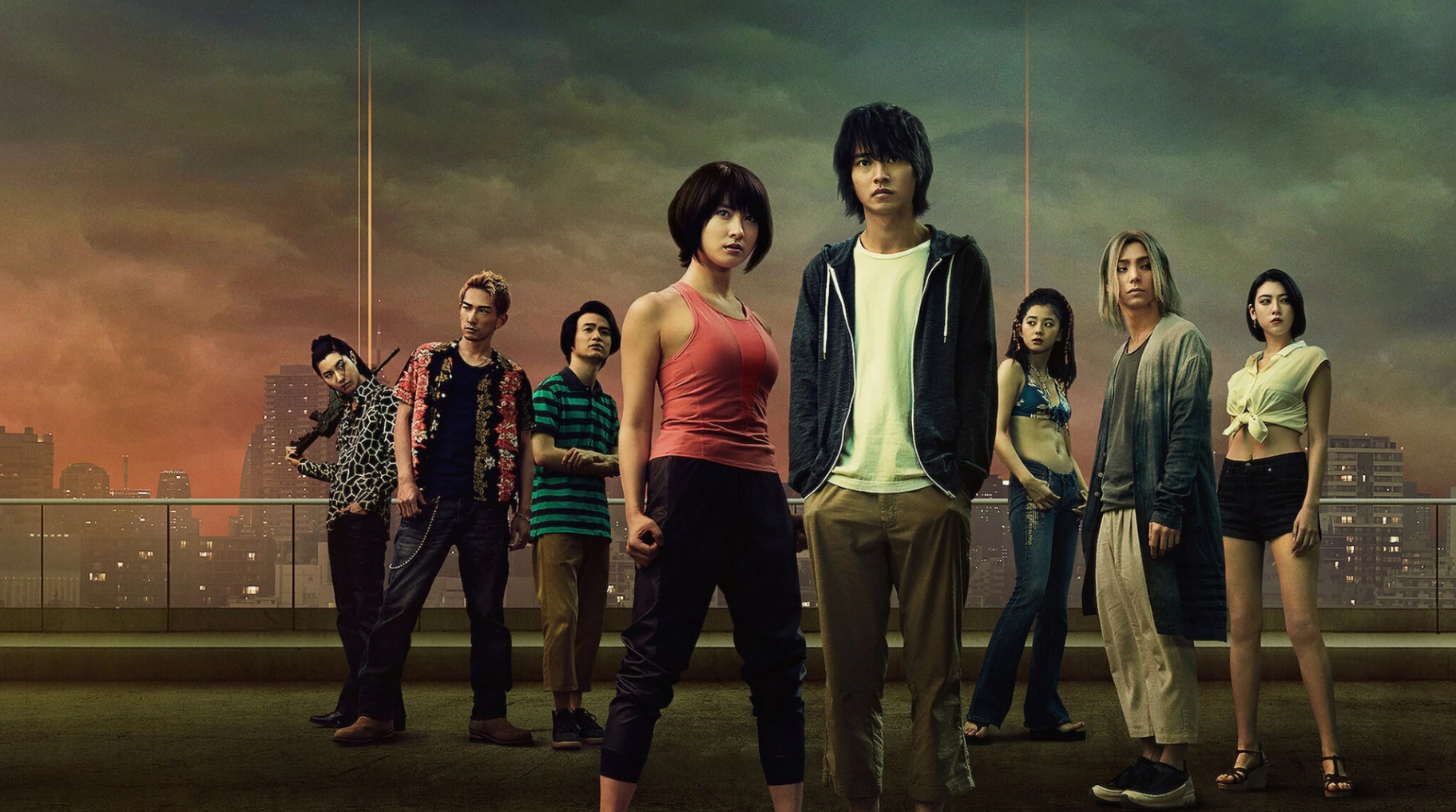The newest film by Leonardo DiCaprio highlights a critical concern of our era: the escalating feeling of separation in contemporary society. With this movie, he seeks to promote introspection, conversation, and comprehension in a world progressively divided by contrasting viewpoints.
Leonardo DiCaprio has long been recognized not only as an acclaimed actor but also as a figure profoundly involved with societal and ecological issues. His professional journey is characterized by selections that emphasize more than mere artistic ability; they demonstrate a strong commitment to using narrative as a means of addressing global challenges. His latest movie continues this trajectory, concentrating on the cultural divides that influence modern life and the complexities of creating mutual understanding in a time when polarization appears to dominate both public and private dialogues.
The role of cinema in reflecting cultural tensions
Throughout history, cinema has been a mirror of society, capturing moments of unrest, transformation, and collective uncertainty. DiCaprio’s decision to take on a film that addresses division is consistent with this tradition, recognizing the potential of film to make audiences reconsider their assumptions. Rather than presenting simplistic answers, the narrative is designed to challenge viewers to see beyond entrenched positions and recognize the shared humanity that often gets lost in heated debates.
Este enfoque muestra cómo las películas pueden ir más allá del entretenimiento. Permiten abordar temas complejos, como la polarización cultural, a través de historias humanas que resuenan de manera universal. Los personajes que se encuentran en situaciones de conflicto pueden mostrar cómo el miedo, la incomprensión o las luchas de identidad afectan las relaciones; al mismo tiempo, ofrecen oportunidades para la empatía. La intención de DiCaprio es utilizar el cine como un espacio donde el público pueda detenerse y reflexionar, aunque solo sea por unas pocas horas, sobre las consecuencias de la división y las posibilidades de conexión.
A career shaped by responsibility and purpose
DiCaprio’s filmography demonstrates a recurring theme: a dedication to selecting roles and projects that transcend mere commercial success. From the intense portrayal in The Revenant to the astute societal analysis in Don’t Look Up, his selections show a purposeful focus on narratives exploring themes of survival, ethics, ambition, and the planet’s future. His advocacy for combating climate change further strengthens his reputation as an artist who uses his influence to highlight global issues.
This new film follows the same trajectory. By spotlighting the divisions that fracture communities, DiCaprio positions himself not only as an actor but also as a cultural voice urging reflection. For him, films should not shy away from reality; instead, they should open doors to conversation, enabling audiences to confront uncomfortable truths. Such storytelling invites dialogue, which is particularly relevant in an environment where ideological polarization often reduces complex issues to simplistic confrontations.
Cinema as a bridge in a polarized world
One standout feature of DiCaprio’s viewpoint is his conviction that films can act as a connector between conflicting groups. Narratives that explore common human feelings—such as love, fear, loss, and hope—can transcend divisions, enabling viewers to see themselves in characters who initially may appear distinct. This understanding is essential in periods dominated by “us versus them” mentalities.
The actor emphasizes that his latest project is not meant to provide direct solutions. Instead, its value lies in provoking thought and encouraging individuals to reflect on their own roles in maintaining or overcoming division. Through storytelling, the film creates a safe space where difficult subjects can be engaged without hostility. In doing so, it underscores cinema’s power not just to entertain but also to heal, reconcile, and inspire.
An ageless topic with increased importance
Although cultural divisions aren’t a recent phenomenon, their severity in today’s digital era makes them especially pressing. Social media networks, political discourse, and the rapid dissemination of information have heightened separations, transforming distinctions into solidified identities. In this context, DiCaprio’s movie comes as a reminder of the value of empathy and conversation. His project proposes that divides can be examined, comprehended, and potentially eased when viewed through the perspective of narrative.
The movie also aligns with a larger tradition in the film industry where filmmakers and performers have employed their craft to tackle societal issues. From older films that tackled racial conflicts to newer films exploring disparities, the screen has eternally been a medium for reflecting on shared problems. DiCaprio’s endeavor places itself within this tradition, highlighting that cultural division is among the central challenges of today’s world.
Leonardo DiCaprio’s decision to engage with the subject of divisiveness is both timely and necessary. By choosing to illuminate this issue, he demonstrates once again that cinema has the power to go beyond spectacle, urging society to reflect on what unites us rather than what separates us. His film is not just another entry in his career; it is a statement on the responsibility of art in times of fracture, reminding audiences that storytelling remains one of humanity’s most effective tools for building bridges.

:format(jpg)/f.elconfidencial.com%2Foriginal%2F971%2F3b4%2F9ee%2F9713b49eecb5e5eb458ccdeab8d07014.jpg)


